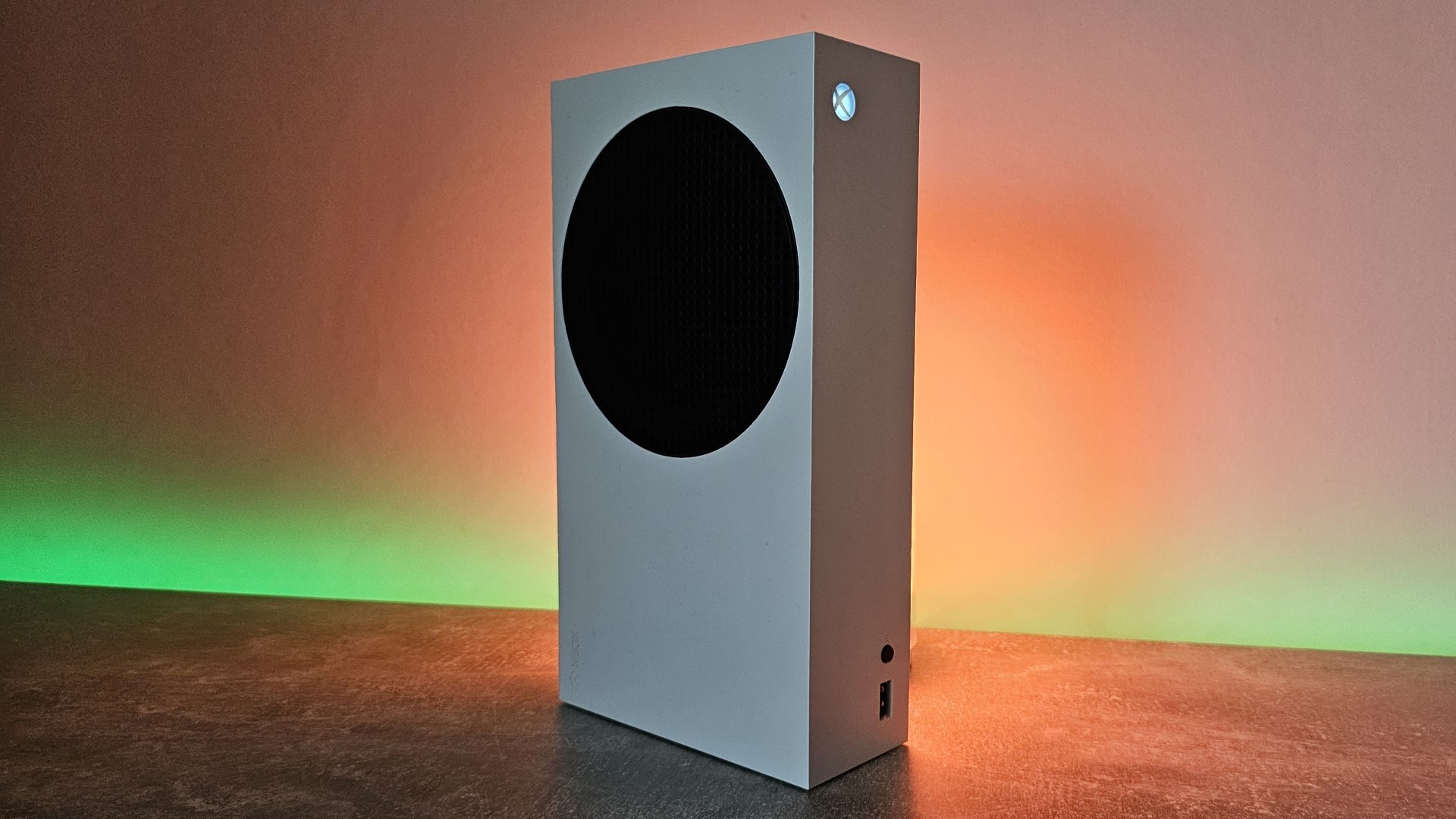CPM or upfront payment? [Developers]

There have been recent reports that developers are noticing a gradual decrease in revenue from CPM (cost per [thousand] impression) advertising within their apps, is this a notable trend due to fluctuations in the algorithm on Microsoft’s side or the amount of active users of that app?
The chart above displays Elbert Perez’s, developer of Impossible Shoota among other WP7 titles, eCPM earnings. The most likely explanation would be that his app(s) were used less than previously - note that uses does not count downloads. Someone could download an app and never run it, thus the adverts not being displayed and contributing to the eCPM. Another explanation could be Microsoft’s advertising algorithm used for each individual app fluctuates with a number of factors, which is more than expected. Microsoft replied to the cries about lower CPM earnings with:
Variation in ad CPM is expected behaviour as the algorithm used in the Microsoft Advertising Exchange for Windows Phone 7 actively learns the performance of each ad-enabled application(s). In some cases, these are sweeping changes. The Mobile Ad Exchange takes into account many variables when determining how an ad impression is valued in real time. This can include, but is not limited to; ad unit categories, location of the device/user and active advertising campaigns.

The chart above shows Elbert Pereze's impression count for the advertisements in regards to the first graph in this article. Comparing them both there is a notable trend with number of impressions almost equalling to the revenue earned. There is a slight dip in revenue while impressions remained at a high level, but this could have been due to the advertisers at the time bidding lower, etc. So what’s the whole shebang about?
Let’s begin by understanding the concept of CPM advertising - anyone who owns a website or has engaged with advertisement networks (notably Google Adsense) and other third party services will agree when I say it can fluctuate heavily depending on the amount of hits, clicks, where the user is located (country) as well as other factors. It’s generally calculated per every thousand impressions an advert receives but can also be calculated by less. CPC (cost per click) on the other hand is a simple on/off calculation - either someone clicks the advertisement (whether it’s a banner or text link) or they don’t, and the value is calculated via algorithm or accepted bid.
Should your website (or app in our case) receive less than say 1,000 uses, or more accurately; should the adverts you have displayed within your app receive less than 1,000 views in a single day, then you’re more likely to earn less. It also depends where the adverts are shown. Throughout the app, on on the home screen? Are they displayed at the top of the screen or at the bottom? A useful resource for app developers - Microsoft WP7 Advertising, check the PDF documents out for helpful tips and FAQs.
How much you earn with CPM really boils down to how useful your app is, how long your users spend time on that app (as well as how many times they load the adverts - entering new sections, loading pages, panes etc.) and how active it is. Aiming for 10 uses a day wont suffice, you must actively develop the app through the available feedback found both on the Marketplace and via contactable support and have as many users as possible.
At the end of the day, developers have a choice. Upfront cost for the user or in-app advertisements. The former being a singular payment and the latter being more of an investment, best chosen for highly used apps that are ran multiple times a day. Good examples of these would be apps with high functionality like social networking clients and games with high re-playability.
All the latest news, reviews, and guides for Windows and Xbox diehards.
Are you experiencing a dip in earnings with your app(s)? Are you receiving the same usage per-day?
Source: Elbert Pereze, via: Mobility Digest

Rich Edmonds was formerly a Senior Editor of PC hardware at Windows Central, covering everything related to PC components and NAS. He's been involved in technology for more than a decade and knows a thing or two about the magic inside a PC chassis. You can follow him on Twitter at @RichEdmonds.
